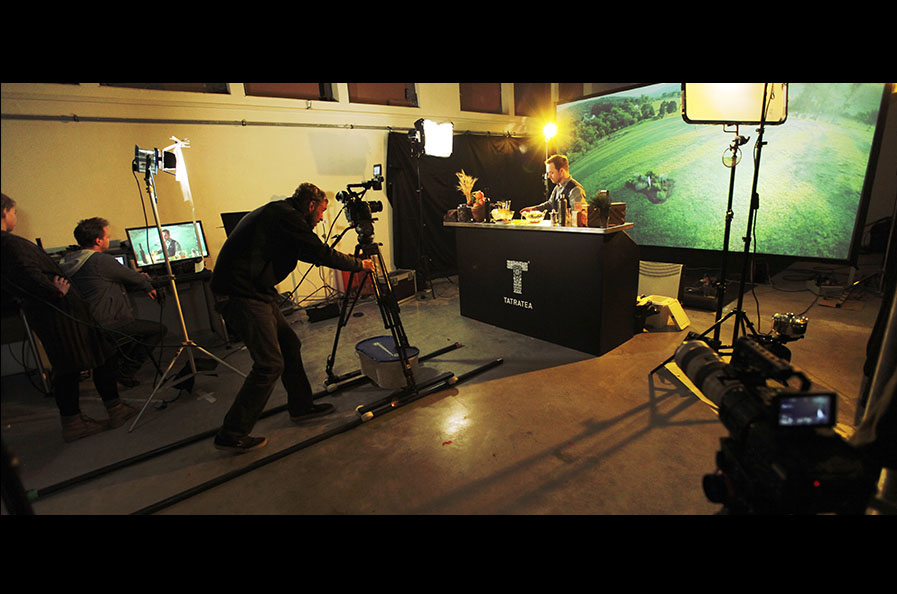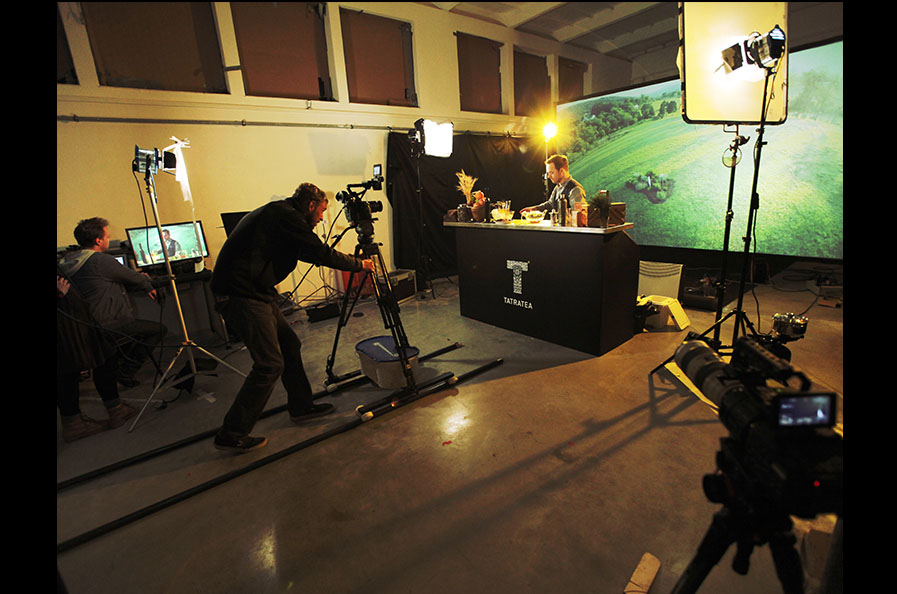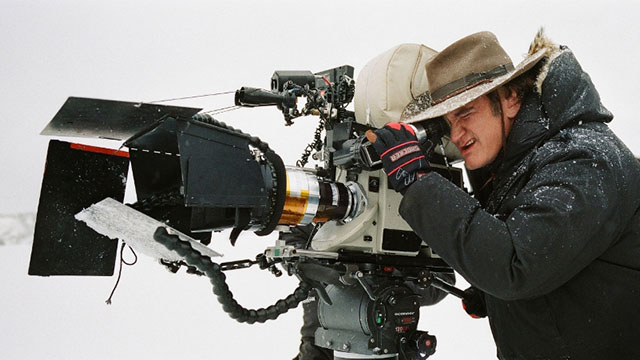What is UHD?
UHD, ultra high definition, includes 4K and 8K formats. It’s the successor of FullHD, which was used originally. Displays capable of receiving a native signal of 3840 x 2160 through at least one entry point can be used with Ultra HD.
4K
4K is a new standard for quality in videos. 4K is what boom mHD used to be. It’s name is taken from the number of horizontal pixels (4096). Conversely, in FullHD and HD (High Definition) the size is determined by the number of vertical pixels, 1080p and 720p respectively. Why is this so? Why isn’t this labelling standardised? The simple answer is: because it sounds better. The number of vertical pixels in 4K is 2034p, which is of course less than the number of horizontal pixels, 4096.

2K?
Yes, 2K exists as well. This format has a resolution of 2048x1080p, and it’s name is also taken from the number of horizontal pixels. Most cameras capable of shooting 4K can also handle 2K.
4K's Incorrect Naming
Problems with pixels in UHD don't end with its incorrect naming. HD resolution with 4096x2160p pixels exists, but so does 3840x2160 resolution, also called UHD. How did this come about? The answer is easier than may appear at first glance: the gradual evolution of formats. 4096x2160p is exactly twice as big as the 2K format (4x time number of pixels), which is in turn only a few pixels wider than 4xFullHD. On the other hand, 3840x2160p is exactly four times larger than Full HD. The larger format, 4096x2160p, is called 4K DCI and the smaller format, 3840x2160p, kept the name UHD. In the end, the mismatched aspect ratio doesn't pose such a problem, because the difference in the proportion of the pages (so-called aspect ratio) is very small. Nevertheless, this difference is big enough that during projections of DCI 4K on UHD displays a black band appears both on the top and bottom of the image. Similarly, when projecting UHD on DCI 4K monitors a black band appears on both sides.


As already mentioned, it's possible to fit 4x fullHD with a resolution of 1080x720 into 4K. What does this mean? This means that the 4K video will be four times the size of an HD video. In addition the 4K video will be four times as detailed.
4K and cameras
Cameras supporting video recording in 4K are steadily increasing while the price they can be bought at is gradually decreasing. This is a natural result of technological development and moving forward. One of the cheapest (if not the cheapest) cameras capable of recording 4K at 30fps (after the new update) is the Gopro Hero 4 Black. This is an action camera where developers at Gopro Co. have thought things through down to the tiniest possible detail. Nevertheless, it's difficult to use it fully as a film camera, mainly due to the absence of a display. This can be partially solved through a mobile application (supported by iOS and Android), which Gopro connects with via WiFi. The price of the Hero 4 Black is around 500€.


4K vs 35mm
In today's digital age, many contemporary filmmakers are turning to analogue systems to shoot their films. Quentin Tarantino, for example, is well-known for this. Tarantino's last film, The Hateful Eight (2015), was shot using this classic technology. Here Tarantino used a rather nontraditional format: Ultra Panavision 70mm film. In contrast to the classic 16:9, this film’s aspect ratio is 2.76:1. This extremely wide format required a special projection technique. Tarantino used this to his advantage to promote his so-called “Roadshow,” where he travelled throughout the USA and screened his film using a special 70mm projector. Tarantino's love for analogue forms is supported by his statement, made last year: "If I can't shoot on film, I’ll stop making movies." Most filmmakers who prefer to shoot on film argue that this technique allows for better quality and "feeling." However, the advent of Ultra HD (4K) and the improved quality of film format (35mm) has experts doubting this superiority and putting both formats on equal ground.
